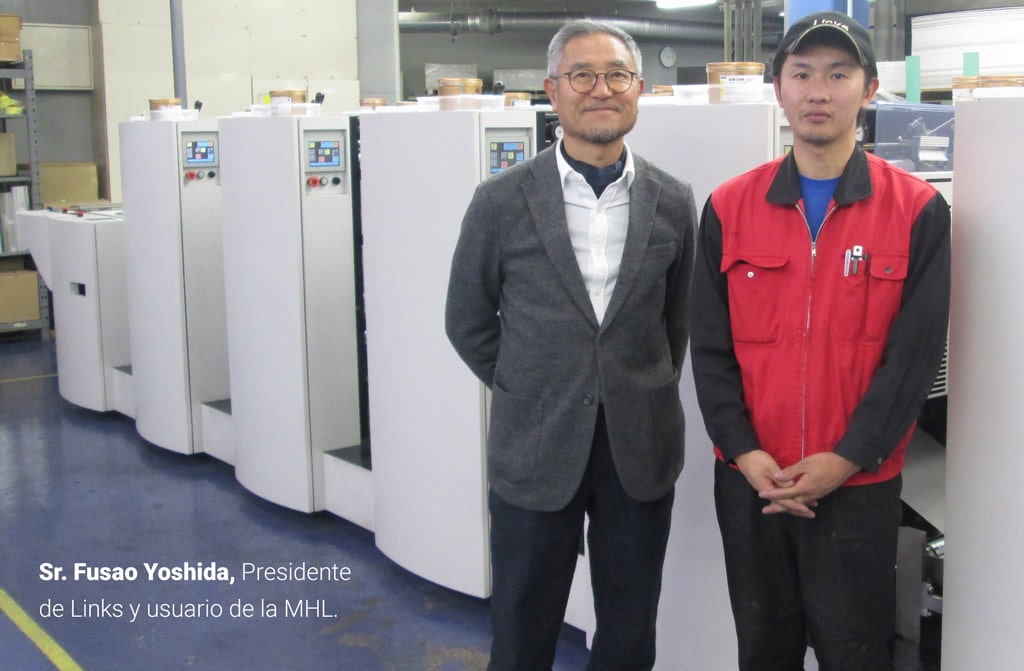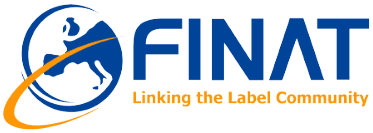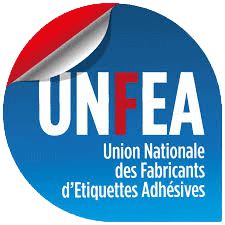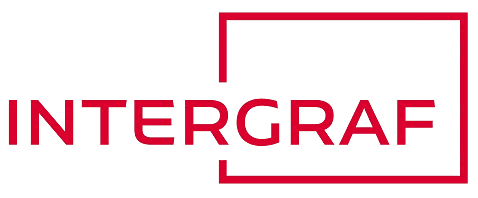Links is a packaging printer in Japan and the first customer in Japan to install MHL, a Rotary Wet Offset Press for film. Their main jobs are stationary and small goods. Recently, we had a chance to interview Mr. Tetsuya Yoshida (Managing Director of Links) about MHL. The following is the summary of the interview:
Q1: What were the challenges you faced before (with Gravure printing press)?
A: Our customers requested us the necessity of flexible packaging due to its capability to produce short lots at low cost. This is due to there is always a risk of having printed stock with Gravure printing which prints in large quantities and if the frequency of printing the same job is limited, Gravure cylinders deteriorates less than a year and printing the same job requires expensive job engraving cost again.
Q2: How did you decide to choose MHL?
A: We made many various printing tests, including other printing methods, such as Ink jet and Flexo. However they all hit against a wall, in terms of ink adhesion, reproduction of characters, introductory costs, and space. In the midst of the search for suitable solution, we got an introduction of MHL, offset solution for flexible packaging and we finally judged that MHL can clear all the issues we saw from other printing methods and therefore we decided to install MHL.
Q3: What are the advantages of MHL?
A: It is suited to short lots and this is not possible with Gravure printing press.
Although this is a general figure, I think short lots for Gravure printing means few thousand meters. In this case, suppose we are making small bags, this can leads to having a stock of tens of thousands of bags. On the other hand, if we use Offset press, short lot is possible from 100m and there is no risk of having a stock of many bags and we feel this is very close to on-demand, allowing us to print what is needed, when it is needed and as much as needed, and resulting in large cost cuts.
Additional advantage is plate costs. Printing with Offset reduces the plate cost to about 1/6 with Gravure. Plate making of Offset takes half a day only, so there is no time loss for delivery.
Q4: What are your opinions about waste paper and preparation time of MHL?
A: For make ready time, MHL requires one operator in a short time and this is tied to reduction of printing costs. Additionally, I find that it suppresses the amount of waste paper and performs register and color matching in a short period of time.
Q5: How were the reactions from the end users about the printed products by MHL?
A: Since about 5% halftone dots are finely reproduced in Offset printing, we believe we offer very good products for printing jobs, especially the ones with gradation.




